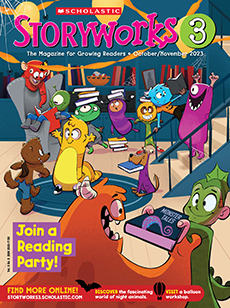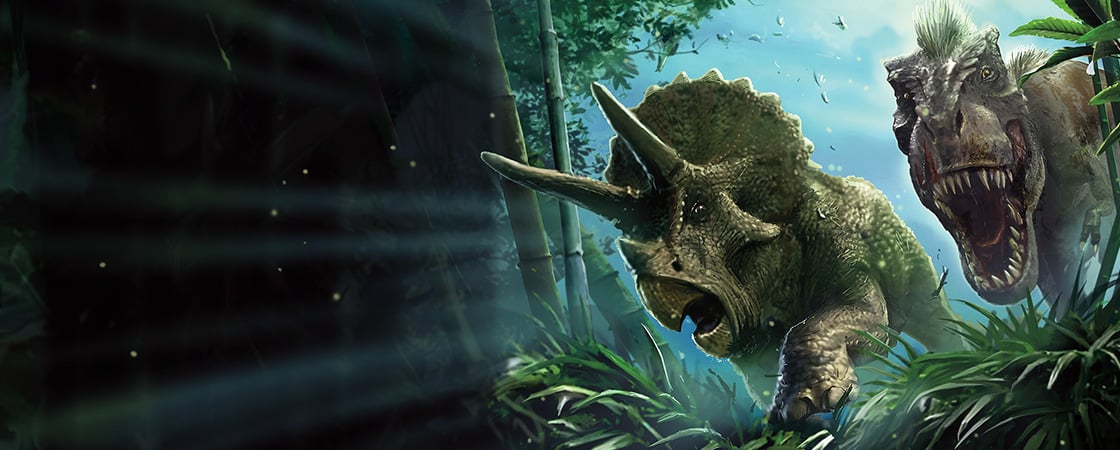Shutterstock.com
Gurgle. Grumble. GROWL. Your empty stomach wakes you up.
Your eyes, as big as softballs, slowly open. It’s a hot afternoon. The air feels thick and muggy. You open your mouth, revealing 60 giant teeth—each about the size of a banana! Your jaws are three times stronger than those of a great white shark. (You could crush a car in a single bite!)
All around, insects buzz and birds chirp. There are no roads, buildings, or houses. That’s because there won’t be any humans around to build them for a very long time.
Where are you? You’re on Earth,
66 million years ago. And you’re one of the most powerful creatures ever to walk the planet: a Tyrannosaurus rex!
Gurgle. Grumble. GROWL. Your stomach is empty. It wakes you up.
Your eyes open. They’re as big as softballs. It’s a hot afternoon. The air feels thick and muggy. You open your mouth. You show your 60 giant teeth. They’re each about the size of a banana! Your jaws are strong. They’re about three times stronger than the jaws of a great white shark. (You could crush a car in a single bite!)
Insects buzz and birds chirp. There are no roads, buildings, or houses. That’s because humans won’t be around to build them for a very long time.
Where are you? You’re on Earth. It’s 66 million years ago. And you’re one of the most powerful creatures ever to walk the planet. You’re a Tyrannosaurus rex!

